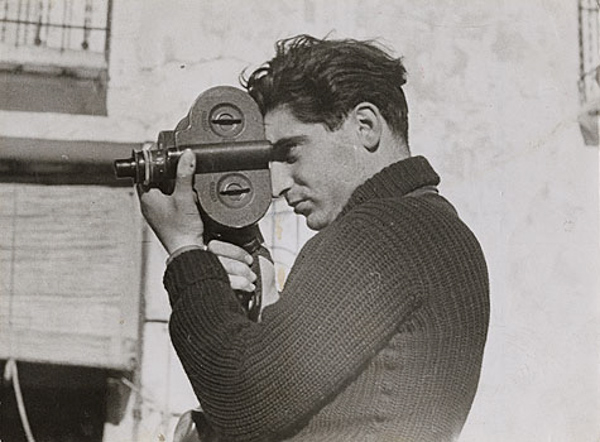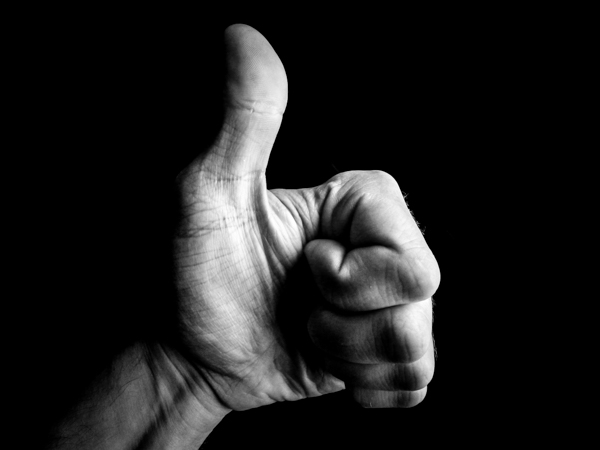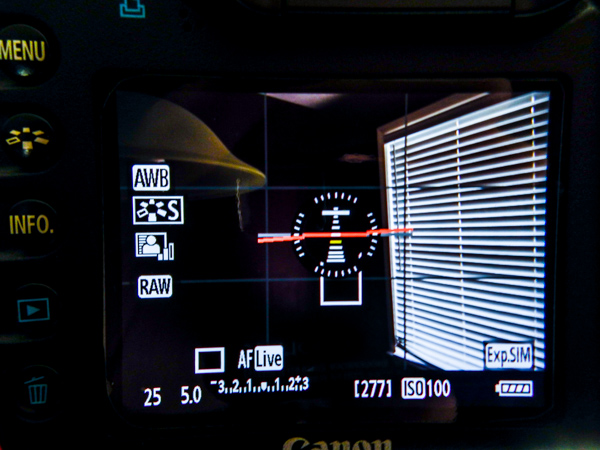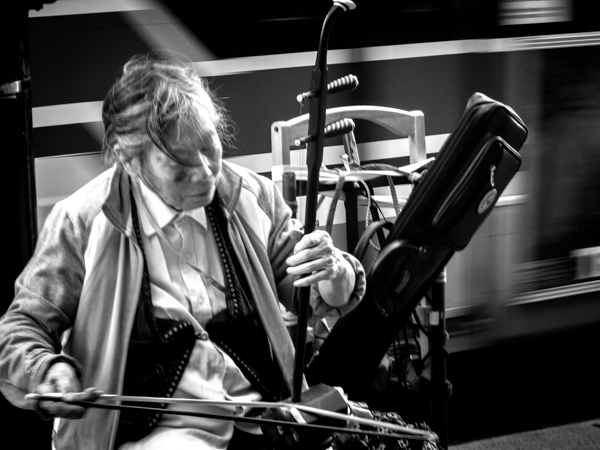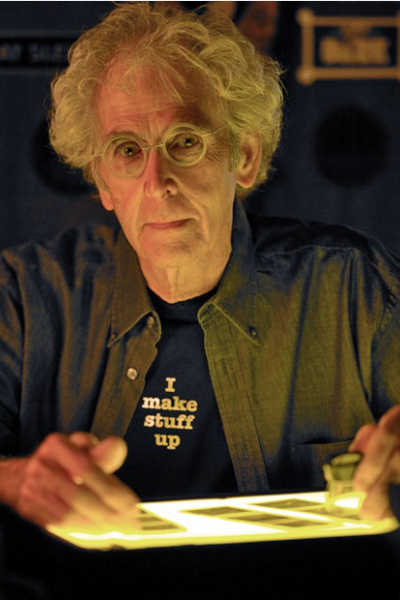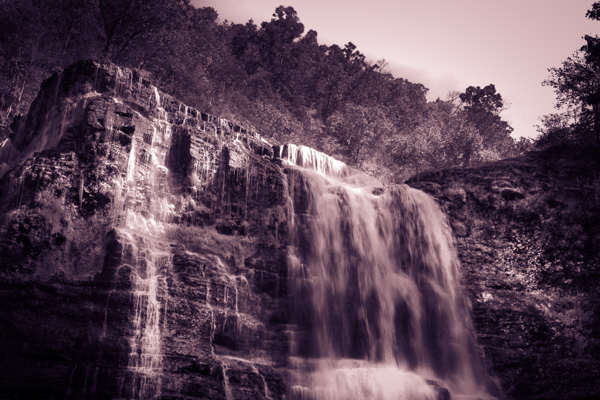When Jerry Ghionis got a call asking if he was interested in photographing portrait legend Joe McNally, he jumped at the opportunity. Using just one lens – Nikon’s Z 85mm F1.8 S – Jerry and Joe turned their cameras on one another. Watch the video above to see how they got on.
What’s it like to take pictures of a portrait legend? In an exclusive interview, Jerry explains the background to the shoot and what it was like to work with Joe, as well as offering some insight into his work, and his approach to portrait photography.
Tell us how you got involved with this shoot
When I got the call about taking portraits of Joe McNally, I thought wow – that’s like being asked to cook for Gordon Ramsey!
The brief was just to shoot portraits of one another, have some fun, and see what comes of it. I wasn’t intimidated, I was excited. I want to create flattering and meaningful portraits of people, and I thought, well, here’s a guy who’s done this for everyone, and he deserves something for himself. That was the opportunity I was excited about: creating something for Joe that he’s done for so many people.
 |
| For this shot, Jerry posed Joe with the first Nikon camera he ever used, an FTn with F36 Motor Drive.
Photo by Jerry Ghionis, courtesy Nikon USA. |
The one shot that was pre-planned was the portrait of Joe with the Hollywood lights and me in the mirror. For that one I thought it would be cool to feature Joe with the first Nikon camera he ever used. He’s a tall guy, and I wanted to style him like a trendy 50s or 60s-era photographer, with a blue background working with his blue eyes, and the contrast against the color of his hair. So I found some old studio lights, a vintage mirror and some other things. I knew what I wanted, but I only had literally about five minutes to set it up and another five to shoot it. That was quite tough. I’m trying to light Joe, who’s a lighting master!
Everything on this shoot, including the video, was shot using the 85mm alone. Was that intimidating?
No, not at all. Once you’ve shot a few weddings and you know how to do it, very few things intimidate you. At least in terms of gear. And anyway, some of the recent weddings I’ve shot, most of the images I took were using that one lens.
The 85mm suits my style of photography because I like longer focal lengths
How long had you been working with the 85mm at that point?
Probably a month or two, before the shoot. And I loved it. The 85mm suits my style of photography because I like longer focal lengths. My usual favorite lens is a 70-200mm, so I was looking for something longer to use with my Z6 and Z7, which might become my new ‘go to’ lens.
$ (document).ready(function() { SampleGalleryV2({“containerId”:”embeddedSampleGallery_8520686272″,”galleryId”:”8520686272″,”isEmbeddedWidget”:true,”selectedImageIndex”:0,”isMobile”:false}) });
What is it about the 85mm that makes it useful to you?
Whenever you use a lens that’s faster than F2 for portraiture, you’re going to want to shoot a handful of images, sort of rapid fire, to make sure that you get a shot where the focus is exactly where you want it. That’s just the nature of portrait photography on fast lenses. But the 85mm has just become my reliable everyday go-to lens. I’d say the last six months of weddings I’ve shot, I’ve used the 85mm probably about 90% of the time. It’s so light. Focus is perfect at F1.8 and it’s completely sharp. I’ve made an incredible amount of pictures using that lens, I love it.
Had you worked with Joe on a project together before?
No this was the first time we’d shot together. It’s rare on campaigns like this that you’d shoot with somebody else. It was great, it was just two guys, no egos – we just wanted to have some fun and create some cool pictures.
The whole thing was probably one of the biggest honors of my photographic career.
It’s rare on campaigns like this that you’d shoot with somebody else
Did Joe like the pictures you took of him?
He did! He’s referred to the pictures on stage in his presentations. He’s been very generous and kind. And most importantly his wife likes them too!
What lenses would you advise someone should invest in who wants to get into portrait and event photography?
Most of the weddings and portraits I’ve shot lately have been on the 85mm F1.8, and at a minimum, I would recommend an 85mm, two camera bodies, a 24-70mm, and a 70-200mm, and two flashes. One camera’s not enough, and you’ll need cameras from the same system, so that you can switch between them without thinking.
 |
| The Z 85mm F1.8 S is a compact short-telephoto prime lens for the Z System. Sharp and almost aberration-free wide open, the Z 85mm is a useful lens for portraiture and available light shooting. |
What simple things can someone do to improve their portrait photography?
The biggest problem I see is people shooting too quickly. When you’re photographing a wedding or a portrait, you can’t just show what someone looks like, you need to show who they are. To do that, you need to slow down, connect with them, and know how to flatter them. You can’t do that if your eye is glued to the viewfinder or your head is buried in your camera’s menu system. Shooting too quickly contributes to a lack of confidence.
The other thing is people don’t practice enough. I practice all the time. I’ll often shoot once a week just for myself, trying a new technique or a different lighting setup. I have a mannequin at home, so if I want to produce a particular lighting setup that I haven’t done before, while the hair and makeup person is doing their thing, I’m practicing with the mannequin and by the time my subject is ready I’ve prepared the full lighting setup.
What advice would you give to someone who is trying to get into photography seriously?
Remember that you’re only as good as your last shot. You don’t have to be the best, you just have to be better than you were last week.
This is sponsored content, created with the support of Nikon. What does this mean?
Articles: Digital Photography Review (dpreview.com)
